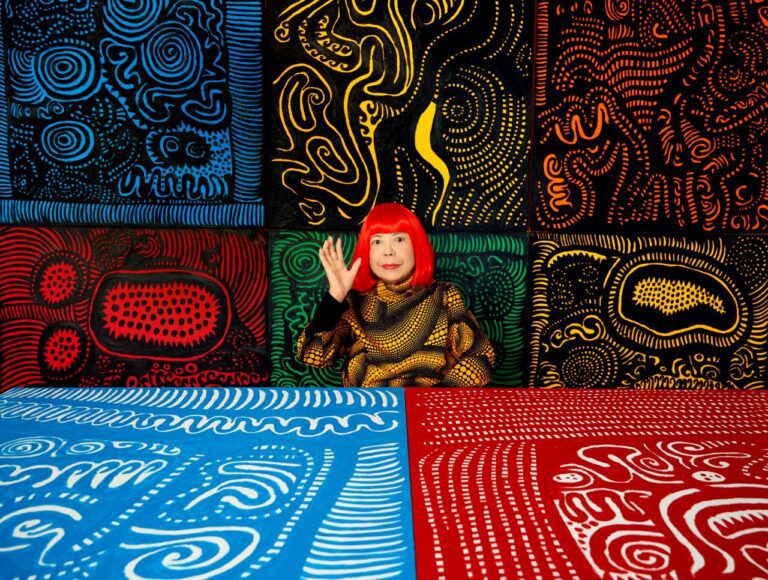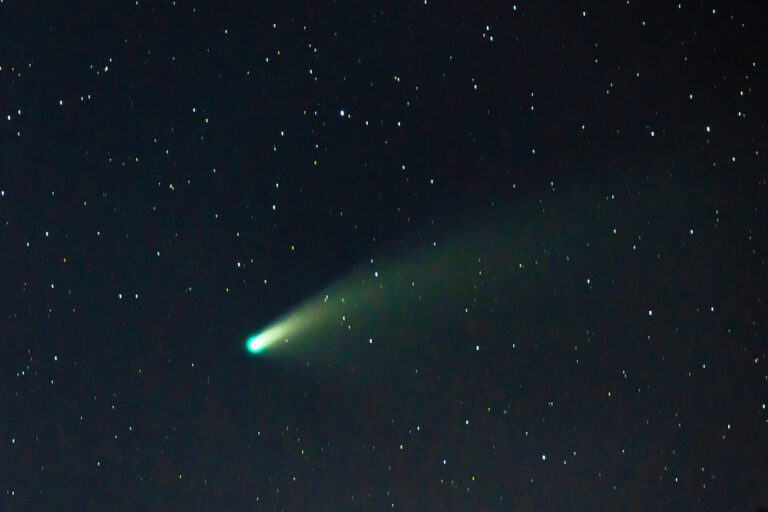In what’s believed to be a world first, the Whanganui River in New Zealand’s North Island has been given the legal status of a person.
While many people in other countries will struggle to understand the concept, it is an affirmation of New Zealand’s culture – a unique partnership between the tangata whenua (the people of the land, the Maori), the government and bureaucracy (known as the Crown), and the public’s respect for and acceptance of indigenous values.
Although it is a member of the Commonwealth, accepts the Queen as its head of state and has a Governor-General to represent her and uphold the unwritten constitution, New Zealand law is based on the 1840 Treaty of Waitangi (Te Tiriti o Waitangi) between the then chiefs and the Queen’s recently arrived representative.
In fact, the 290km river is not the first natural asset to be regarded as a person. Te Urewera, a massive former national park in the western North Island, was granted the same status when the Tuhoe iwi (tribe) settled a Treaty claim with the government in 2014.
Chris Finlayson, Treaty Negotiations Minister for the centre-right National party coalition government, said Parliament’s passing of the bill yesterday ended the longest-running litigation in New Zealand history. Iwi had fought for recognition of the river since the 1870s.
Finlayson said the river, which the iwi call Te Awa Tupua, will have its own legal identity with all the corresponding rights, duties and liabilities of a legal person.
He said the law recognises the deep, spiritual connection between Whanganui iwi and its ancestral river.
“It’s got the ability to represent itself through human representatives obviously. I know the initial inclination of some people will say it’s pretty strange to give a natural resource a legal personality, but it’s no stranger than family trusts or companies or incorporated societies.”
The settlement includes $80m financial redress and an additional $1m as a contribution towards establishing the legal framework for the river. The government will contribute another $30m to a fund for looking after the river’s health.
The Whanganui River has always been considered a tupuna – a living being – by those connected to the area.
Flowing from the western flanks of Mt Ruapehu and Tongariro, the volcanic peaks that dominate the central North Island, into Whanganui, “it’s always been a living being for us.
“It’s sustained us, spiritually, physically and it’s been a food source and every essence of us as a people,” says Dianah Ngarogo, who runs an adventure tourism business.
The river will have two joint representatives, or pou tupua – one nominated by the government and one by the iwi.
Gerrard Albert led the iwi’s negotiation and has been part of a team that fought to recognise the river as a tupuna (ancestor). He says this is a way to protect their precious resource.
“The river has always been central to our identity because it has its own mauri (life force). Establishing it in law as a legal person supports and validates that.”
Adrian Rurawhe, the MP for Te Tai Hauaauru electorate, said the concept was completely normal for Maori.
“The river as a whole is absolutely important to the people who are from the river and live on the river.
“I’ll repeat something that MP Chester Burrows said in Parliament today – it’s not that we’ve changed our world view but people are catching up to seeing things how we see it.
“From a Whanganui viewpoint the wellbeing of the river is directly related to the wellbeing of the people and so it is really important that’s recognised as its own identity.”
And for the Whanganui iwi, their age-old saying – ‘Ko au te awa, ko te awa ko au’ – ‘I am the river and the river is me’ – has finally been enshrined in law.
ONE NATION, TWO PEOPLES, MANY CULTURES
- New Zealand is the only member of the old British Empire founded on a treaty – partnership – between the indigenous people and the British Crown.
- The Treaty of Waitangi, signed in 1840, is regarded as the nation’s founding document, and all laws must be subservient to it.
- Seven of the 70 electorate seats in Parliament are reserved for voters who identify as Maori and elect their own MPs.
- Over the past 30 years, many resources – such as national parks, rivers, lakes, seafood beds, forestry areas – have been returned to the care of the indigenous people as recompense for being unlawfully taken by previous generations. The iwi use the profits from these resources to educate their young and care for their elderly, and provide for their future.
- The country has three equal and official languages – English, Maori and Signing – and it is believed that most adult New Zealanders use 300-500 words of Maori in everyday speech.
- Aotearoa – commonly translated as “Land of the Long White Cloud” – is accepted as the optional name for the country.
- A typical radio news bulletin of 250 words may contain as many as 12-20 Maori words or spiritual concepts that are not, and do not need to be, translated into English.
- Overseas visitors are struck by the frequent use of Maori words in, for example, supermarkets.
- The country’s unique, high-tech passport is written in parallel languages and the pages tell the nation’s story through Maori oral tradition, European written history and contemporary art.
- With increasing immigration in recent years, there has been a national debate over the 177-year-old treaty’s perception of “one nation, two peoples” (i.e. Maori and pakeha, or “fair-skinned”). The best description of modern Aotearoa New Zealand is probably, “one nation, two peoples, many cultures”.







